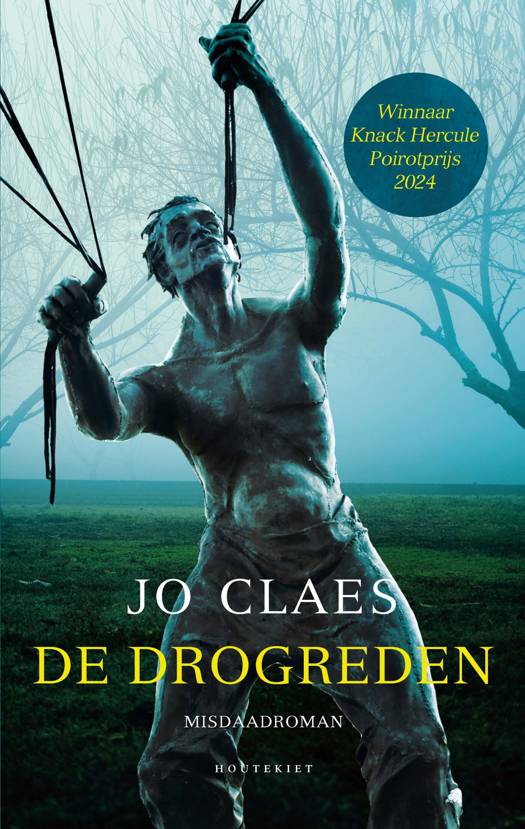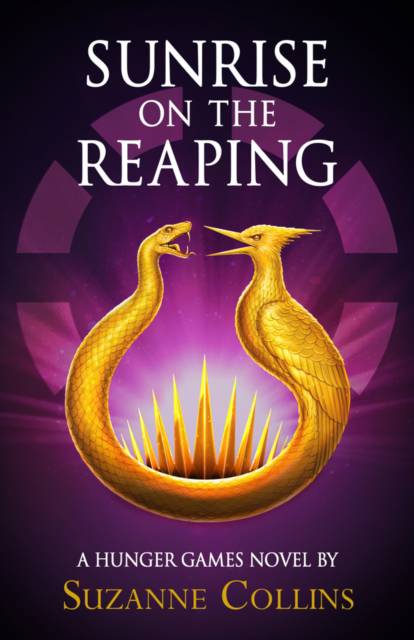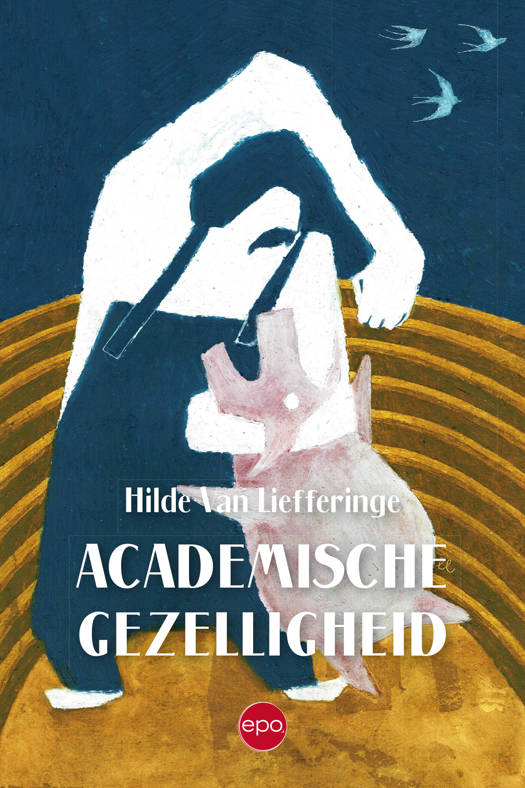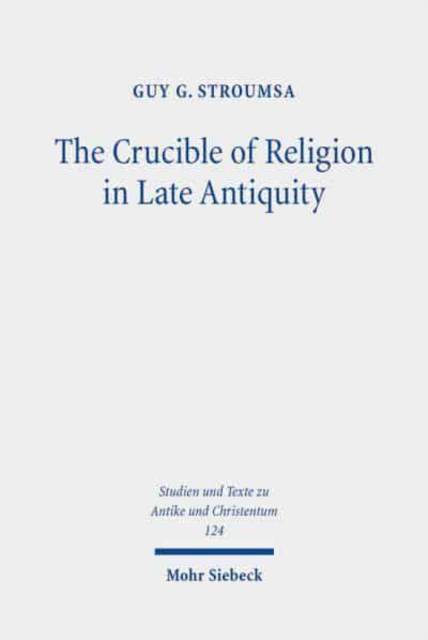
- Afhalen na 1 uur in een winkel met voorraad
- Gratis thuislevering in België vanaf € 30
- Ruim aanbod met 7 miljoen producten
- Afhalen na 1 uur in een winkel met voorraad
- Gratis thuislevering in België vanaf € 30
- Ruim aanbod met 7 miljoen producten
Zoeken
The Crucible of Religion in Late Antiquity
Selected Essays
Guy G Stroumsa
Paperback | Engels | Studien und Texte zu Antike und Christentum /Studies and Texts in Antiquity and Christianity / STAC | nr. 124
€ 104,45
+ 208 punten
Omschrijving
The religious revolution of late antiquity and its intertwined religious history are reflected in a broad array of new forms of religious belief and practice, of which Christianity is only the most perceptible one. It is represented in the passage from polytheistic systems to monotheistic and dualist ones, as well as in the move from rituals centred upon sacrifices in temples to rituals established upon scriptures, in churches, synagogues, or mosques. This double dynamism of beliefs and rituals sheds light on the transformations of religious ethos. Guy G. Stroumsa's two-part volume reflects this double argument. The essays all focus on central aspects, such as in Part I on mental aspects of religion in the Roman Empire, as expressed in early Christian texts and traditions, and in Part II on religious communication across the empire's cultures and communities.
Specificaties
Betrokkenen
- Auteur(s):
- Uitgeverij:
Inhoud
- Aantal bladzijden:
- 315
- Taal:
- Engels
- Reeks:
- Reeksnummer:
- nr. 124
Eigenschappen
- Productcode (EAN):
- 9783161606915
- Verschijningsdatum:
- 1/08/2021
- Uitvoering:
- Paperback
- Formaat:
- Trade paperback (VS)
- Afmetingen:
- 231 mm x 155 mm
- Gewicht:
- 376 g
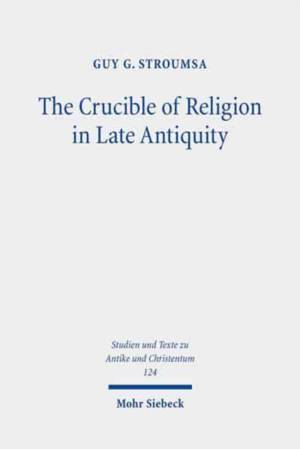
Alleen bij Standaard Boekhandel
+ 208 punten op je klantenkaart van Standaard Boekhandel
Beoordelingen
We publiceren alleen reviews die voldoen aan de voorwaarden voor reviews. Bekijk onze voorwaarden voor reviews.


